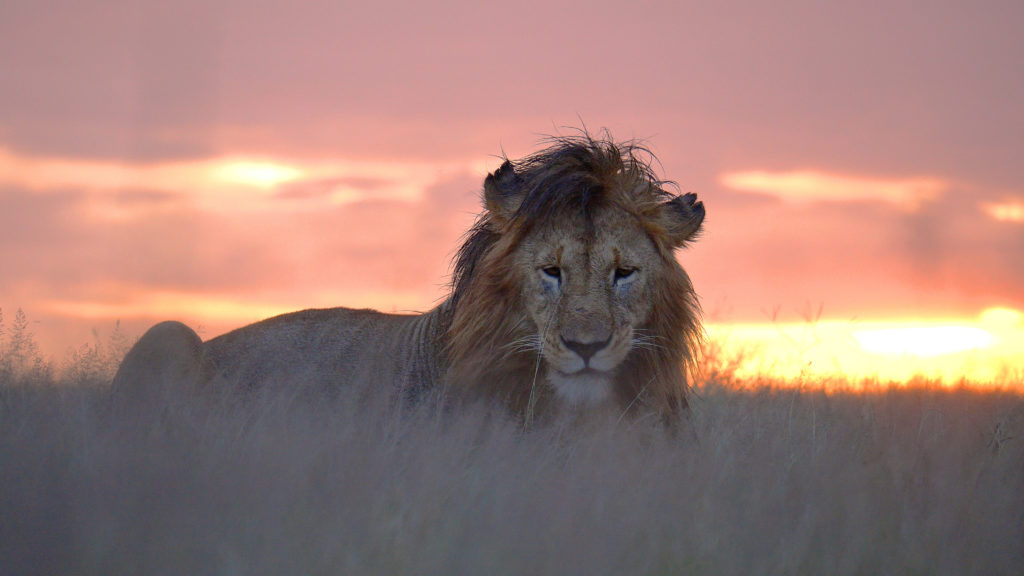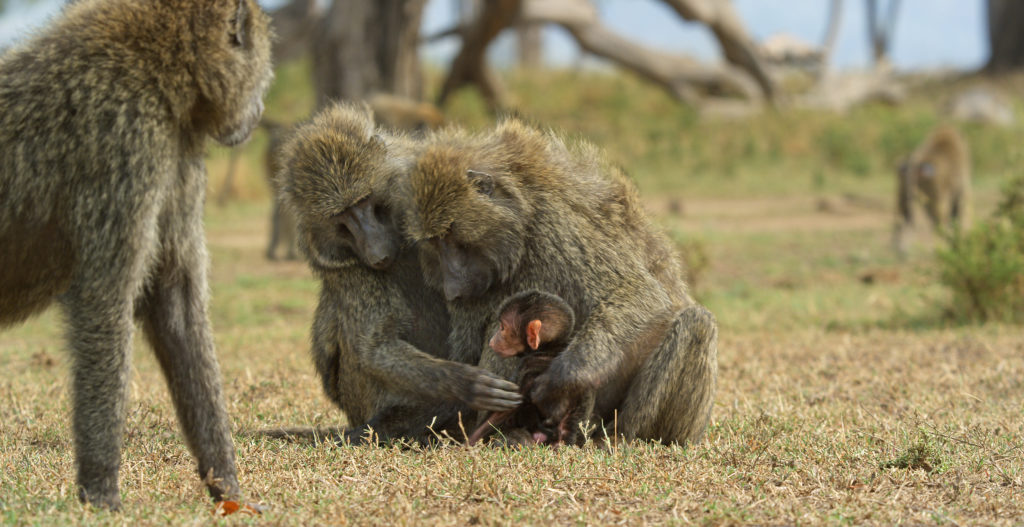If you binge-watched all of “Serengeti” during quarantine, a Serengeti safari is probably now at the top of your bucket list. Serengeti National Park is one of the best places on earth for a safari—the park’s 5,700 square miles of territory teems with wildlife. With over 4,000 lions, 1,000 leopards, 550 cheetahs, and 500 bird species calling the Serengeti home, you’re pretty much guaranteed spectacular wildlife sightings here. Get inspired by streaming every episode of “Serengeti” and “Serengeti II”, the epic next chapter (both only available on discovery+), and then follow these tips to plan your dream wildlife-watching vacation—even on a budget.
This post is sponsored by Serengeti II on discovery+.
When Should You Go on a Serengeti Safari?

There are two main factors to consider when planning what time of year to visit Serengeti National Park: the weather and the wildlife. The most popular months for safaris are June through October, which is the dry season in the park. You can expect comfortable temperatures (around 77 degrees) and sunny days. Bonus: although wildlife is more abundant, there are fewer mosquitos around to annoy you during this time (and the malaria risk is lower).
The time of year dictates your wildlife spotting chances as well—this period is also when the famous Great Migration (when roughly two million wildebeest relocate for the season) is at its peak.
If you want to avoid the human crowds, don’t rule out a visit during the wet season, which runs from November to May. You’ll have less competition for viewpoints, and may even be able to snag a great deal on a safari. If you’re here to see the adorable baby animals and nail-biting predator chases that you saw on “Serengeti II”, the wet season is a great time to go, as it’s calving season. It’s also peak months for birdwatching. November to February are the least rainy months of the wet season (so you may just get short afternoon storms) rather than the heavier rains you can expect in March to May.
What Part of the Serengeti Should You Visit?
At over 5,700 square miles, Serengeti National Park is larger than some states—so don’t expect to be able to cover the whole park in a day. Choose your base location wisely so you don’t spend all your time driving between sites, and consider dividing your trip between two sections so you can see the most variety during your visit. The park is divided into four main areas: Central (Seronera), Western Corridor, Northern, and Southern.
The Seronera area, home to the Seronera River, is considered to be one of the best sections of the park for wildlife viewing (and it’s home to the highest concentration of leopards in the world). Seronera is also relatively close to the Naabi Hill Gate, one of the most popular entrances to the park, making it an easy first stop after a long journey to get to the park.
If you’re visiting during the Great Migration, you’ll want to head to the Western Corridor for at least part of your trip, as this is where you’ll have the best chance of seeing the wildebeests make their journey.
The Southern section is another great base for the Great Migration, as this is where the baby wildebeests are born and the herds begin their migration (and also where they return to graze in December).
The lush northern part of the park offers great viewing opportunities for lions, giraffes, impalas, and elephants, and can be less crowded than other areas.
How Do You Get to Serengeti National Park?

Kilimanjaro International Airport is the closest major airport to the park. Once you’ve landed here, it’s about 200 miles to get to the southern gate of Serengeti National Park. You can opt for a quick connecting flight to one of the seven airstrips within the national park, or for a longer (but scenic) road transfer.
Arusha Airport is a domestic airport that’s closer to the park but will require more layovers and connections to reach.
Many of the more luxurious lodges within the park have their own airstrips and can arrange private charter flights from Kilimanjaro or Arusha airports for a seamless start to your trip.
Can You do a Serengeti Safari on a Budget?
A Serengeti safari doesn’t have to cost a fortune—it can be a surprisingly affordable trip if you do it right. Independent travelers (perhaps already armed with the animal knowledge they picked up watching “Serengeti II”) can rent an inexpensive 4×4 and do a self-driving safari, staying at one of the nine campsites within the park’s gates for a very cheap adventure.
You could also add to your experience by hiring a private guide and driver for the day (who will know how to track the wildlife and help you find elusive animals).
For a mid-range budget, there are plenty of affordable lodges located outside the park’s gates—so you may spend a bit more time driving around each day, but would be worth it for the cost savings.
If you want a taste of luxury for less, travel during the wet season, when rates at the lodges both inside the park and out are discounted, and there are many deals to be had.
You Might Also Like:
• The 8 Best Ticket Websites for Booking Day Tours and Travel Activities• The Best Travel Leggings of 2023
• Panama Travel Guide: What to Do in Panama
• The Ultimate Camping Packing List: 29 Essentials
• Is Amazon Prime Day Worth it for Travelers?
We hand-pick everything we recommend and select items through testing and reviews. Some products are sent to us free of charge with no incentive to offer a favorable review. We offer our unbiased opinions and do not accept compensation to review products. All items are in stock and prices are accurate at the time of publication. If you buy something through our links, we may earn a commission.
Related
Top Fares From
Today's Top Travel Deals
Brought to you by ShermansTravel
France: 8-Night Paris, Avignon & Nice...
Infinity Worldwide Vacations
 vacation
$2880+
vacation
$2880+
Poconos: 3 Nts in Garden of...
ResortsAndLodges.com
 hotel
$305+
hotel
$305+
7-Nt Canada & New England Cruise,...
Princess Cruises
 cruise
$839+
cruise
$839+




